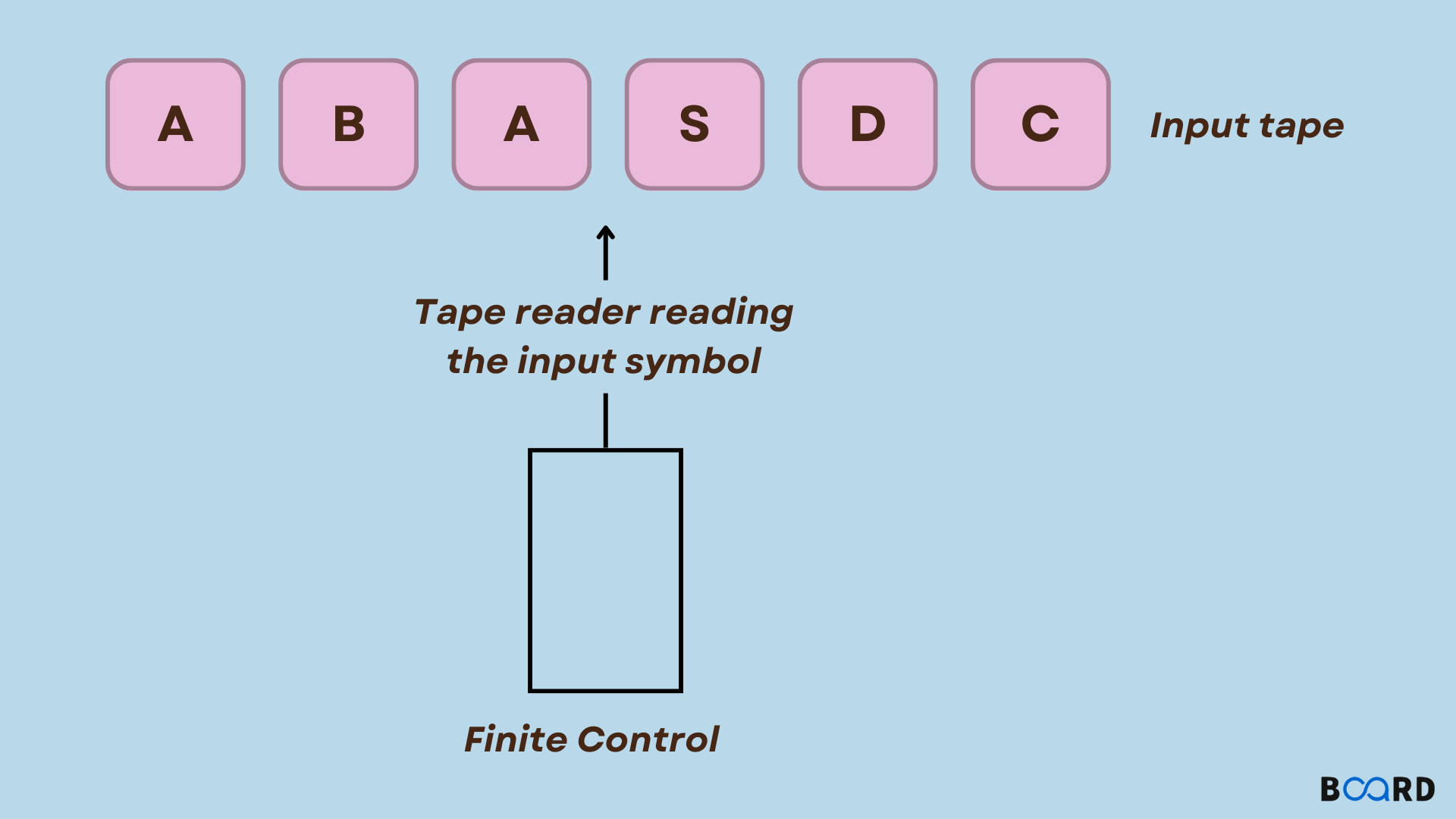Mastering Software Engineering: Diagrams, Models, and Testing Techniques
Finite Automata Explained

Introduction
Finite automata are a type of abstract computer. It is a mathematical representation of a system having discrete inputs, outputs, states, and a series of state-to-state transitions that take as input alphabetic symbols.
Automata Finite Representation
Three representations for the finite automata are shown below.
- Graphical (Transition diagram)
- Tabular (Transition table)
- Mathematical (Transition function)
Formal definition of Finite Automata :
Finite automata is defined as a 5-tuples
M=(Q, Σ, δ,q0,F)
- Q: Finite set called states.
- Σ: Finite set called alphabets.
- δ: Q × Σ → Q is the transition function.
- q0 ∈ Q is the start or initial state.
- F: Final or accept state.
Illustration for Finite Automata
Finite Automata can be illustrated with the following:
- Transition diagram
- Transition table
- Transition function
Transition diagram
It is a directed graph, with the states of finite automata represented by the graph'sTransitional Chart
It is a directed graph, with the states of finite automata represented by the graph's vertices.
Below is a transition diagram example in 0 and 1: Inputs
q1: Initial condition
Question two: Middle state
qf: End result
Transition table
The transition function, which requires two arguments (a state and a symbol) and returns a value (the "next state"), is essentially represented in a tabular format.
δ : Q × Σ → Q
The following variables are taken into account in the transition table:
- States are represented by rows.
- The input symbol is corresponding to the column.
- Entries match the following state.
- -> designates the start state.
- the accept state indicated by a star.
Transition function
stands for the transition function. The passes to this transition function are the two parameters listed below.
Present situation
Input symbol
A state that can be referred to as the next state is returned by the transition function.
Next state = (current state, current input symbol)
For instance, (q0, a)=q1
